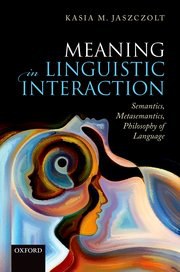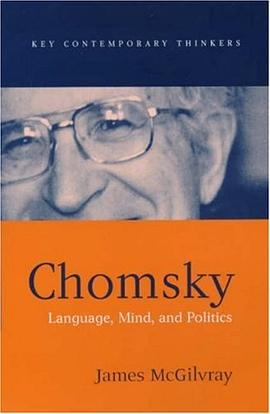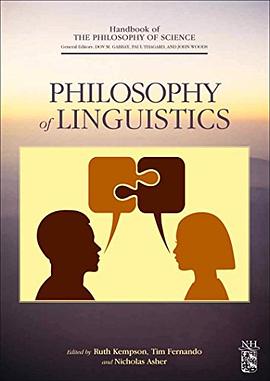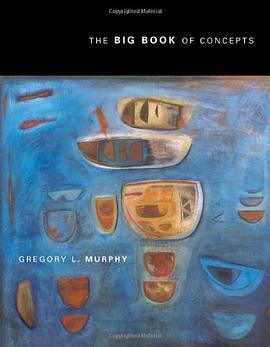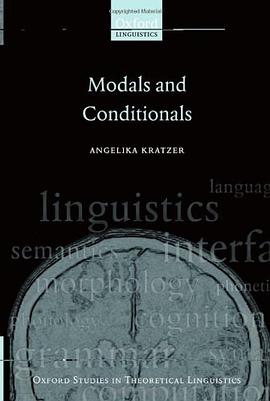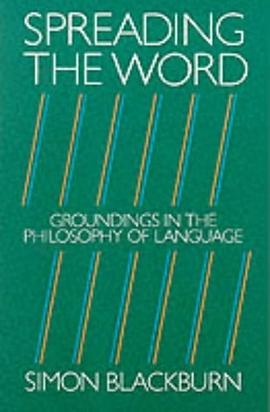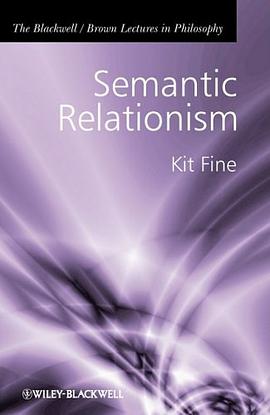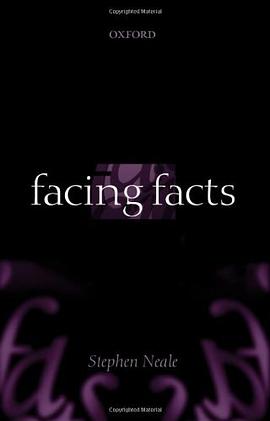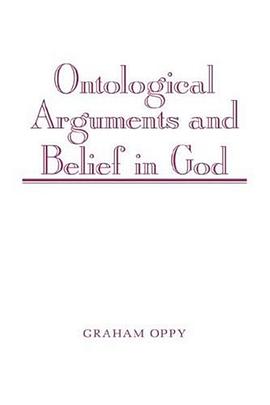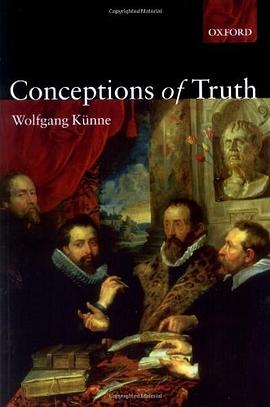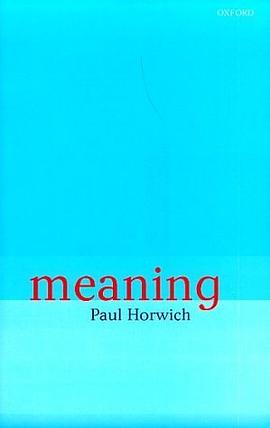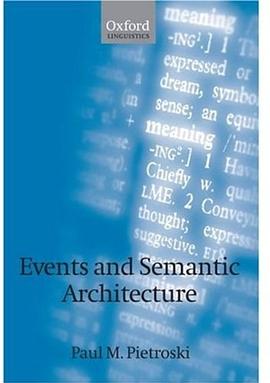

This book explores how grammatical structure is related to meaning. The meaning of a phrase clearly depends on its constituent words and how they are combined. But how does structure contribute to meaning in natural language? Does combining adjectives with nouns (as in 'brown dog') differ semantically from combining verbs with adverbs (as in 'barked loudly')? What is the significance of combining verbs with names and quantificational expressions (as in 'Fido chased every cat')? In addressing such questions, Paul Pietroski develops a novel conception of linguistic meaning according to which the semantic contribution of combining expressions is simple and uniform across constructions. Drawing on work at the heart of contemporary debates in linguistics and philosophy, the author argues that Donald Davidson's treatment of action sentences as event descriptions should be viewed as an instructive special case of a more general semantic theory. The unified theory covers a wide range of examples, including sentences that involve quantification, plurality, descriptions of complex causal processes, and verbs that take sentential complements. Professor Pietroski also provides fresh ways of thinking about much-discussed semantic generalizations that seem to reflect innately determined aspects of human languages. Designed to be accessible to anyone with a basic knowledge of logic, Events and Semantic Architecture will interest advanced students of linguistics, philosophy, and cognitive science at graduate level and above.
具體描述
讀後感
評分
評分
評分
評分
用戶評價
相關圖書
本站所有內容均為互聯網搜索引擎提供的公開搜索信息,本站不存儲任何數據與內容,任何內容與數據均與本站無關,如有需要請聯繫相關搜索引擎包括但不限於百度,google,bing,sogou 等
© 2025 qciss.net All Rights Reserved. 小哈圖書下載中心 版权所有

